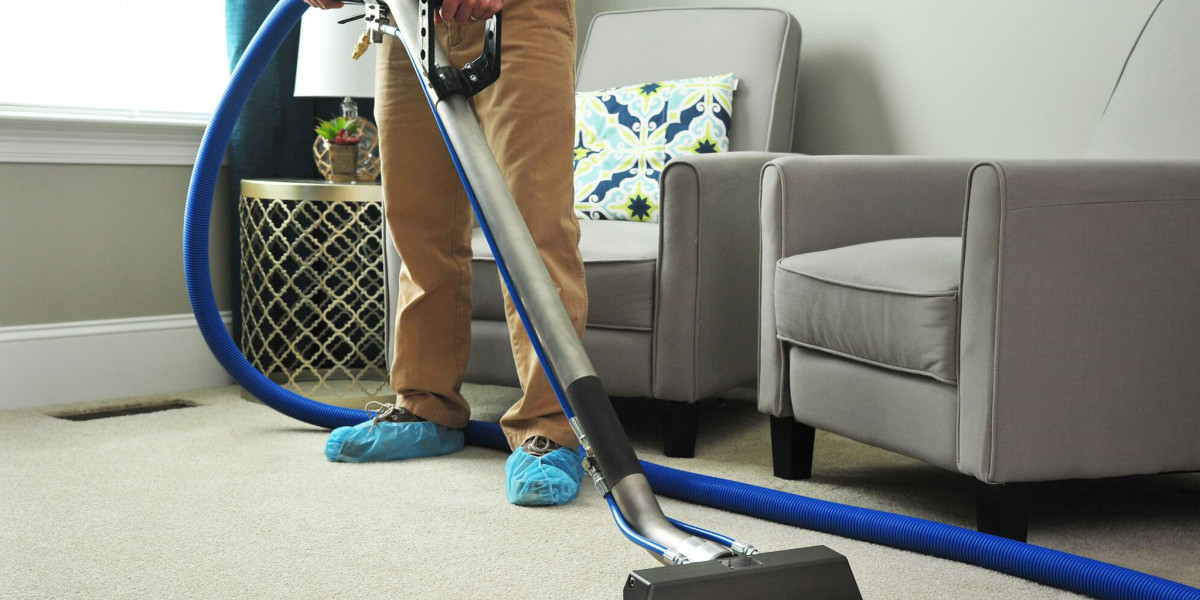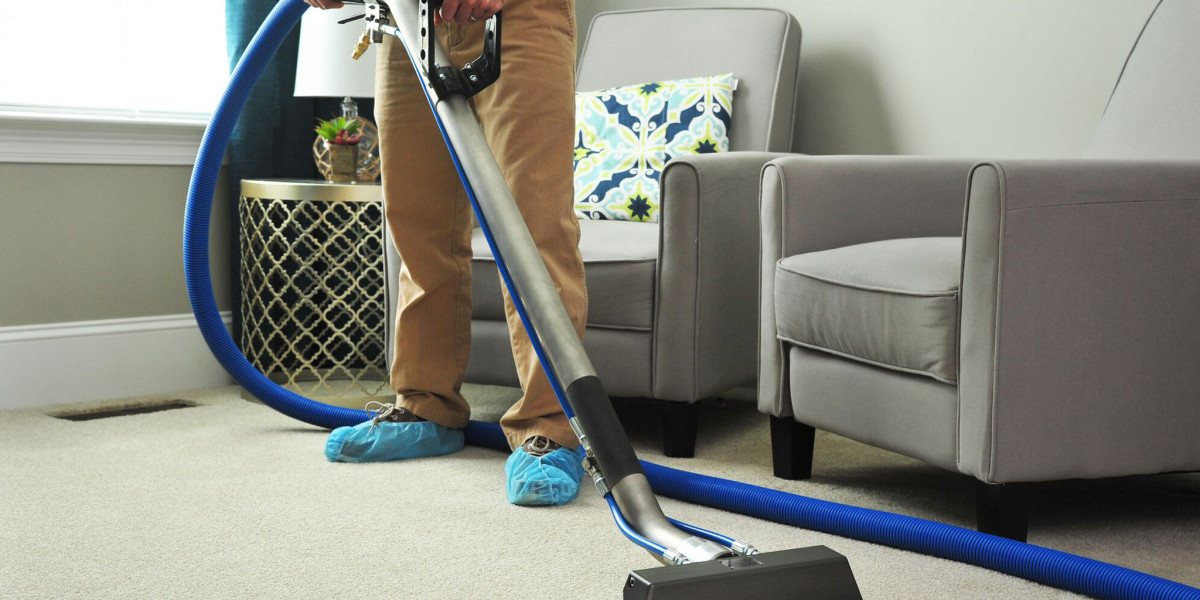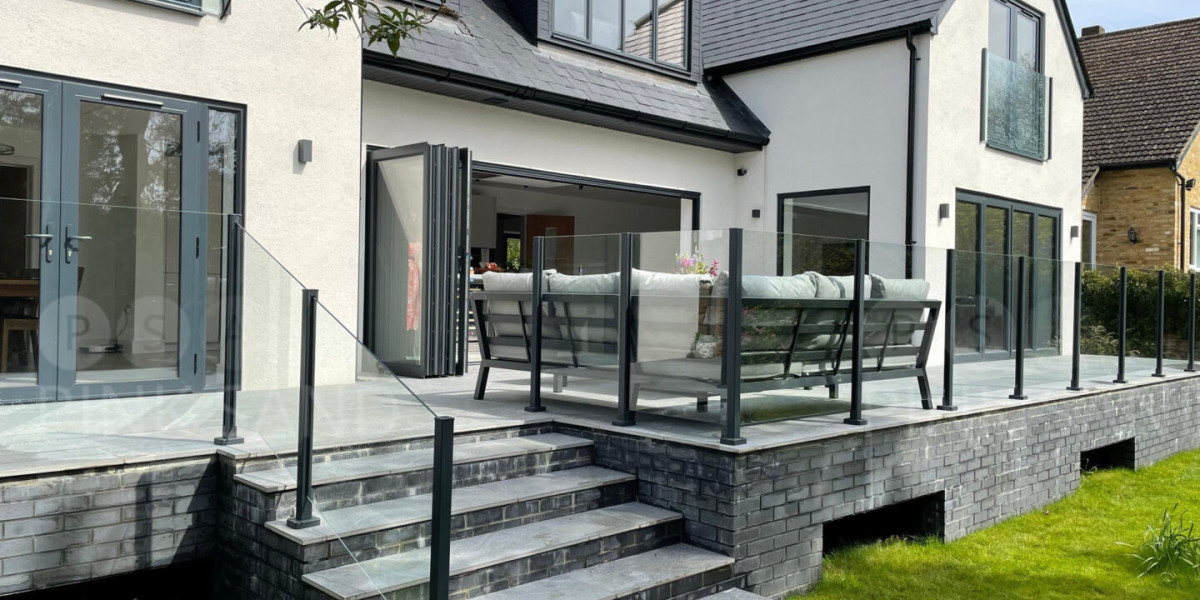Glass balustrades have become an increasingly popular choice in modern architecture and design, offering a blend of aesthetic appeal, safety, and functionality. These transparent barriers are often used in residential and commercial settings, providing a sleek, contemporary look while allowing for unobstructed views. This report delves into the various aspects of glass balustrades, including their types, benefits, installation considerations, and maintenance requirements.
Types of Glass Balustrades
Glass balustrades come in various styles and configurations, each designed to meet specific needs and preferences. The most common types include:
- Frameless Glass Balustrades: These balustrades are characterized by their lack of visible frames, creating a seamless look that enhances the sense of space and openness. They are typically held in place by stainless steel clamps or spigots, making them a popular choice for modern homes and commercial buildings.
- Framed Glass Balustrades: Unlike frameless options, framed glass balustrades feature a metal or wooden frame that provides additional support and structural integrity. This type can be more suitable for environments requiring extra durability or where specific design elements are desired.
- Glass Panel Balustrades: These balustrades consist of large glass panels that are supported by posts or other structural elements. They can be designed to include decorative features, such as etched patterns or colored glass, allowing for customization in both residential and commercial settings.
- Balustrades with Handrails: Some glass balustrades are designed with integrated handrails, which can be made from wood, metal, or glass itself. This combination offers both safety and style, making them ideal for staircases and balconies.
Benefits of Glass Balustrades
The choice of glass balustrades comes with a multitude of advantages, including:
- Aesthetic Appeal: Glass balustrades create a modern, elegant look that enhances the overall design of a space. Their transparency allows for light to flow freely, making areas appear larger and more open.
- Unobstructed Views: One of the primary reasons homeowners and architects choose glass is for the unobstructed views it provides. Whether overlooking a garden, pool, or city skyline, glass balustrades allow for maximum visibility without compromising safety.
- Durability: High-quality tempered glass is used in balustrade construction, providing significant strength and resistance to impact. This durability ensures that glass balustrades can withstand harsh weather conditions, making them suitable for both indoor and outdoor use.
- Safety: Glass balustrades are designed to meet strict safety standards, providing reliable protection without sacrificing style. They are often used in high-rise buildings, staircases, and balconies, ensuring that safety is prioritized.
- Low Maintenance: Unlike traditional balustrades made from wood or metal, glass balustrades require minimal maintenance. Regular cleaning with a glass cleaner is typically sufficient to keep them looking new and clear.
Installation Considerations
When considering the installation of glass balustrades, several factors must be taken into account:

- Building Regulations: It is essential to comply with local building codes and regulations when installing glass balustrades. These codes often dictate the height, thickness, and structural requirements for safety.
- Professional Installation: Given the complexities involved in installing glass balustrades, it is advisable to hire experienced professionals. Proper installation is crucial to ensure safety and compliance with regulations.
- Material Selection: Choosing the right type of glass is vital for durability and safety. Tempered glass is commonly used due to its strength and resistance to shattering, while laminated glass can provide additional safety features.
- Design Integration: Glass balustrades should be integrated into the overall design of the space. Consideration should be given to the surrounding materials, colors, and architectural elements to create a cohesive look.
Maintenance of Glass Balustrades
Maintaining glass balustrades is relatively straightforward, but it requires some attention to ensure they remain in top condition:
- Regular Cleaning: Glass balustrades should be cleaned regularly to prevent the buildup of dirt, grime, and water stains. Using a non-abrasive glass cleaner and a soft cloth or squeegee can help maintain clarity and shine.
- Check for Damage: Periodically inspect glass balustrades for any signs of damage, such as cracks or chips. Early detection can prevent further issues and ensure safety.
- Hardware Maintenance: The hardware used to secure glass panels, such as clamps and spigots, should also be checked regularly for corrosion or wear. Ensuring that all components are in good condition is essential for the overall safety and functionality of the balustrade.
- Professional Inspections: For outdoor installations, it may be beneficial to have professional inspections conducted periodically to assess the condition of the glass and hardware, particularly after severe weather events.
Conclusion
In summary, glass balustrades represent a modern architectural choice that combines safety, functionality, and aesthetic appeal. With various types available, they can be tailored to fit the specific needs of any space, whether residential or commercial. Their benefits, including unobstructed views and low maintenance, make them an attractive option for many property owners. However, careful consideration must be given to installation and maintenance to ensure these elegant structures remain safe and https://clean.uk.com visually appealing for years to come. As architecture continues to evolve, glass balustrades will undoubtedly play a significant role in shaping the future of design.








